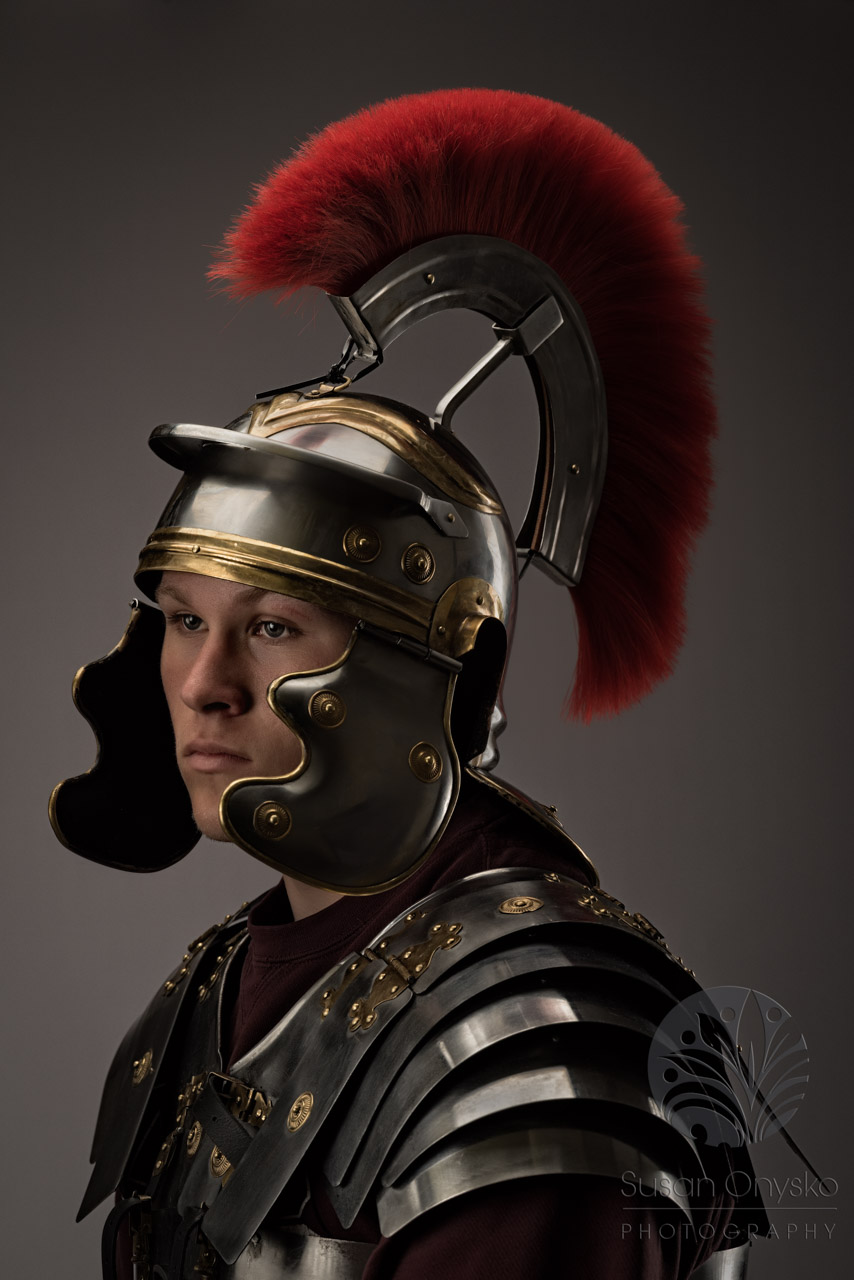

Forge Worlds were choked by banks of acrid smoke, while thousands of menials died each day, burnt to a cinder as they sought to feed the ancient furnaces with promethium.

They echoed with litanies as Tech-priests refined weapons and armour that could be used by the Adeptus Astartes. Manufactoria clattered with fevered industry. They brought back technologies to their Forge Worlds that had never before been observed, and set to work. So it was that the Tech-priests of the Adeptus Mechanicus prepared for the worst and embarked upon the Voyages of Understanding, their arks criss-crossing the galaxy on unfamiliar routes and legions of Adepts scouring ancient texts in a quest for archaic knowledge.

It became apparent to the High Lords of Terra that their troops would need new, more brutal wargear so that they might successfully smash their way across the galaxy to exterminate the unfaithful - weapons that could resolve the most abhorrent of battles, even if apostate factions had barricaded themselves within indomitable citadels. The horrific spectre of the Horus Heresy and the threat of another all-consuming civil war began to loom over the Imperium. Battle-Brothers were emptied into orbit as the ejecta of battlefleet assaults, or slaughtered in the shadows of their own fortresses. Whole companies of Space Marines were consumed in these enduring, bloody actions. During the Siege of Drax, a whole hive city was destroyed, and the entire Cadian 23 rd fireballed in the process. The structures of the Imperium groaned under the weight of violent, internal conflict. This was a new age of religious strife, where millions of Heretics were slaughtered across numerous star systems. This is because its origins are to be found within that dark period of the Imperium's history known as the Age of Apostasy. It is much disputed by Imperial scholars as to when the Centurion warsuit first engaged in conflict. With the wall-grinding Siege Drill of the Assault Centurion, and the mass-collapsing grav-weapons of the Devastator Centurion, the vehicle pools of numerous Chapters are well-stocked with both variants of these warsuits. They are walking tanks with formidable firepower. Named after the Space Marine Legion leaders of old, the Centurion warsuit design was unearthed in the aftermath of the Age of Apostasy in the 36 th Millennium, and after sanction by the Adeptus Mechanicus, the suits found their way into the armouries of almost every Space Marine Chapter.Īn Assault Centurion Sergeant of the Ultramarines Chapter armed with the distinctive Siege Drill.Ĭenturion warsuits are one of the most deadly and powerful assets available to the Adeptus Astartes, able to punch holes through fortress walls with obscene force, flush out enemies with flame or cut down any foe's advancing lines. Protected by thick ablative plates of ceramite, a Centurion warsuit renders its pilot immune to all but the most powerful of weapons. A Centurion warsuit enables a Space Marine to stride into battle with the firepower of a battle tank at his fingertips. For the Space Marine Legion rank, see Centurion (Space Marine Rank).Ī Devastator Centurion of the Imperial Fists Chapter unleashes a hail of potent firepower.Ī Centurion is a Space Marine who has been equipped with a powered exoskeleton worn over his normal suit of Power Armour known as a Centurion warsuit that allows him to serve a heavy ranged fire support or close support assault role between that of a normal Astartes and a Terminator. It's a spellbinding novel, a tour de force combination of mystical exploration and compelling narrative drive.This article concerns the Space Marine infantry unit. De Hartog is a dowser, and his elegantly told and historically knowledgeable story has a psychic dimension that transcends the fiction genre. The story swings between the contemporary world and a vividly re-created former era, exploring the mysterious bond of fatherhood and the enigma of life itself. who is following in the footsteps of his son, a praepositus (colonel) ordered to put down a savage Welsh uprising. In the process he deserts linear time and becomes, or seems to become, a Roman centurion in the turbulent fourth century A.D. Eliot's line, ``Old men ought to be explorers,'' Martinus takes up dowsing, finds he has a gift for it and, being a Roman history enthusiast, swings a pendulum over a long trail of Roman remains, largely in Britain. Martinus Harinxma is now retired from the sea, but the story he narrates here is as exciting as the bestselling The Captain and The Commodore (in which he featured as protagonist), and certainly more wondrous.


 0 kommentar(er)
0 kommentar(er)
